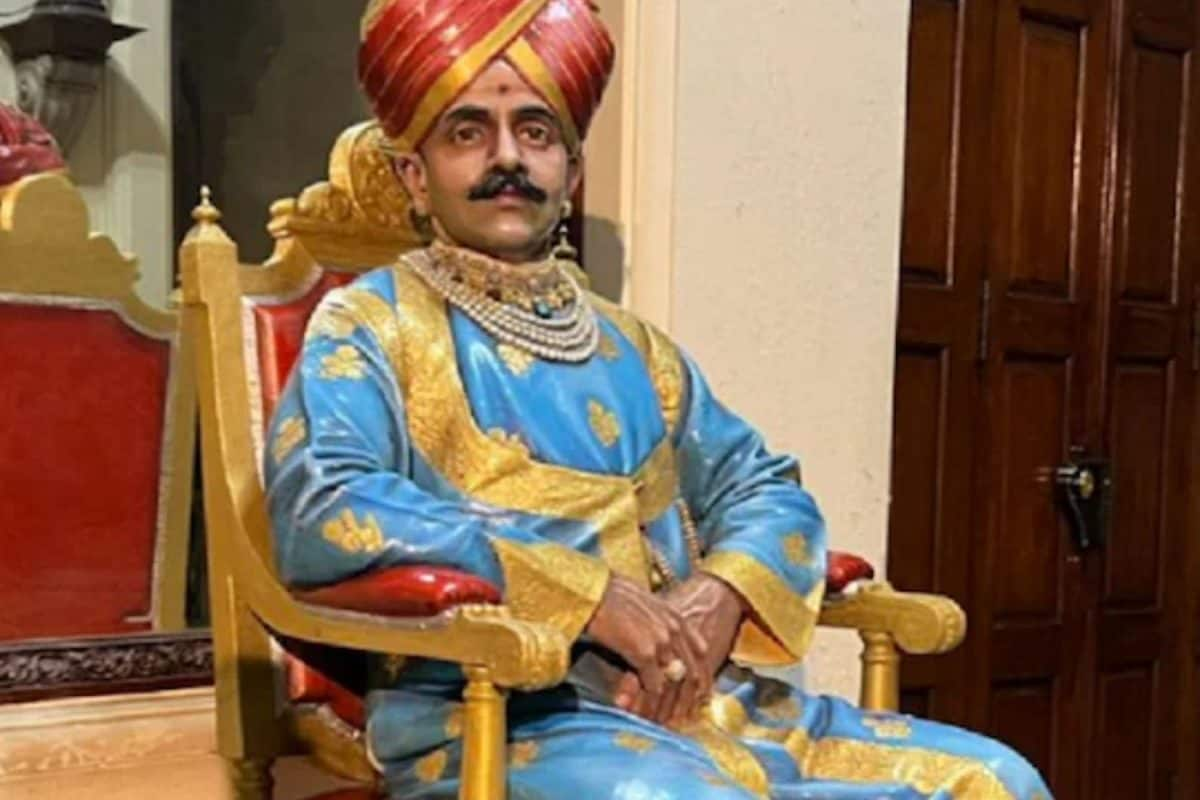

Maharaja Krishna Raja Wadiyar IV, the 24th Maharaja of Mysore, who reigned from 1902 to 1940, is remembered not only for his immense wealth but also for his visionary leadership and dedication to the welfare of his people. Born on June 4, 1884, he ascended the throne at a young age and ushered in a golden era for Mysore, marked by progress in education, infrastructure, social reform, and the arts.
One of the most significant contributions of Krishna Raja Wadiyar IV was his focus on technological advancement. Mysore became the first Indian state to generate hydroelectric power in Asia. In 1905, Bangalore became the first city in Asia to be fully electrified, an achievement that earned him the title "Krishnaraja Bhoopa, Mane Mane Deepa," meaning "the king who lit up every home". The first lights in Bangalore were switched on around KR Market on August 5, 1905.
Beyond technological progress, Krishna Raja Wadiyar IV was deeply committed to education. In 1915, he made primary education compulsory. By 1927, the state's education budget had significantly increased, supporting over 500,000 students in 8,000 schools. He also established educational institutions, including the University of Mysore, the first university chartered by an Indian state, and served as the first chancellor of Banaras Hindu University. The Indian Institute of Science in Bangalore also benefited from his support.
The Maharaja's commitment to his people extended to social reform. He banned untouchability and child marriage, and provided scholarships for widowed women. He formed the Mysore Social Progress Association in 1915 and introduced reservation policies, reserving 25% of government jobs for non-Brahmins in 1918.
When funds fell short during the construction of the Krishna Raja Sagar Dam, a crucial irrigation and power project, Krishna Raja Wadiyar IV reportedly sold his personal jewels in Mumbai to ensure its completion. This act underscored his dedication to using his wealth for the benefit of his people. The dam would go on to irrigate over 100,000 acres of agricultural land and provide power to Mysore and Bangalore. Some sources suggest it was actually his mother, Maharani Kempananjammani Vani Vilasa Sannidhana, who sold her personal jewelry for the dam's construction.
Krishnaraja Wadiyar IV was a patron of the arts, supporting both Indian and Western classical music. He was an accomplished musician himself, playing instruments such as the violin and veena. His reign is often described as the "Golden Age of Mysore" due to his contributions to the kingdom. Mahatma Gandhi referred to him as "Rajarshi," a saintly king, recognizing his administrative reforms and achievements.
At the time of his death in 1940, Krishna Raja Wadiyar IV was one of the wealthiest men in the world, yet he is remembered more for his wisdom, kindness, and progressive leadership. His legacy continues to inspire as an example of a ruler who prioritized the well-being and progress of his people above personal luxury.